field season 2011: go!
Hello, world!
The field season is up and running, and that means Benzene's back in action. I'm flattered that some of you asked for updates, so here's the first installment, dashed out in the hour before bedtime.
The plan for 2011 is Ontario until late May, then the Bahamas one final time. Here's the full story: Because of some enormous screw-ups at Customs last year, I lost all my samples coming back from the Bahamas. I bawled my eyes out, got back on my feet (thanks to the support of many, many people), and spent the last four months making sure my samples will be okay this year. It's not always easy, especially when different agencies give you opposite information and then get sick of your phone calls. Also, the Bahamas government has managed to screw up my export permit twice now, and I am actually still waiting for corrections on all three permits I need. But things are all clear for Canada, and I have a few more weeks to continue being on the Bahamas case.
I'll save the "what am I doing in Ontario?" spiel until I have cool visuals to go along with it, but until then, enjoy these photos of the first few days.
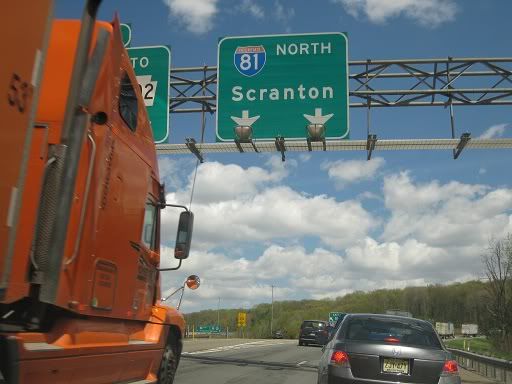
The sign for the highway that took me into Canada. You can see that we immediately joined a traffic jam as soon as we turned onto it. Very "Office"-like.

My wonderful 64-square-foot cottage at Queen's University Biological Station, with shaggy '70s-orange carpet.

All the easier to spot detritivores with.
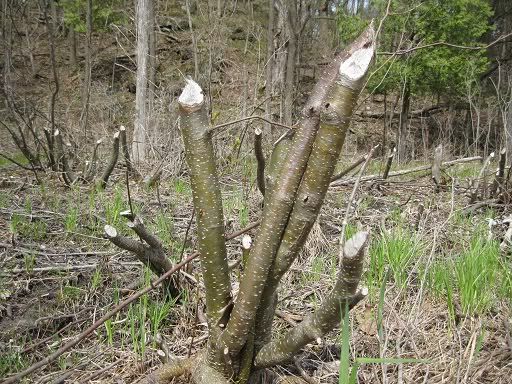
Red-winged blackbirds nest in cattails that grow in the ubiquitous beaver marshes. Often the remnants of the beavers' handiwork are scattered on the sides of the pond. This willow stand got thoroughly cleaned out.

Beavers and otters are my favorite mammals to spot in the wild. This guy was so used to humans that I watched him fall asleep three meters from me. Look at that paddle tail!
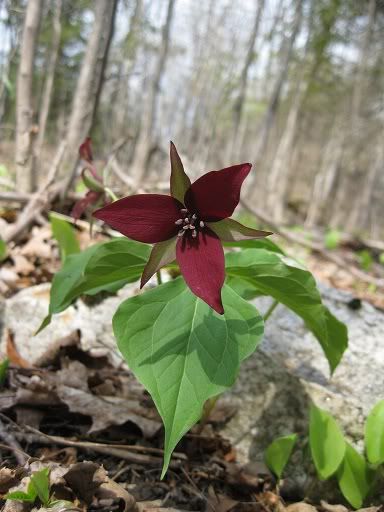
Wildflowers dot the forest trails to the marshes. Trillium is the official flower of Ontario (see the provincial logo here), and it was great to to see it again for the first time since my Maine field job in 2006.

Apparently it's illegal to pick trillium because of its long time to flowering. Guess I won't be applying for that collecting permit any time soon.
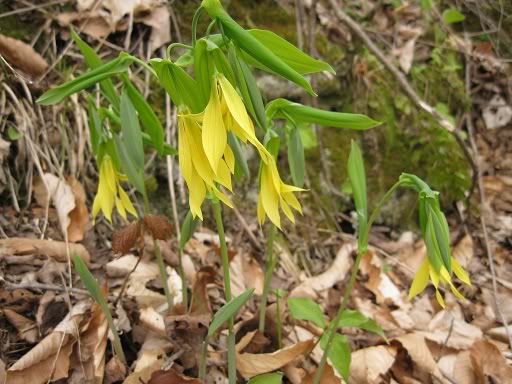
These large-flowered bellworts look so sad!
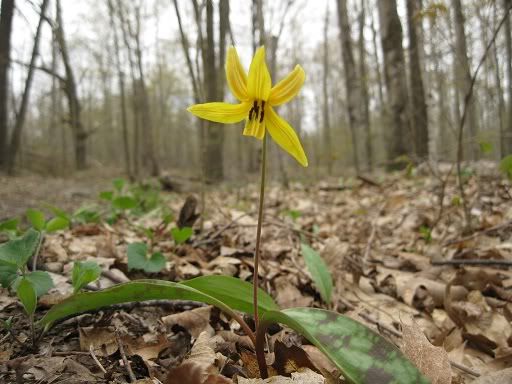
Yellow trout lily, a species I learned from Duke Natural History Society. Thanks, Will and Carl!

Some Carolina spring beauties (also learned from DNHS), framed in back by the fantastically named Dutchman's breeches.

I walked in on another mating ball of northern water snakes. From top to bottom, it's male, male, female (largest one), male. A guy at the station just told me they'll probably all deposit sperm in her. Oh, all the references I'm refraining from citing right now...
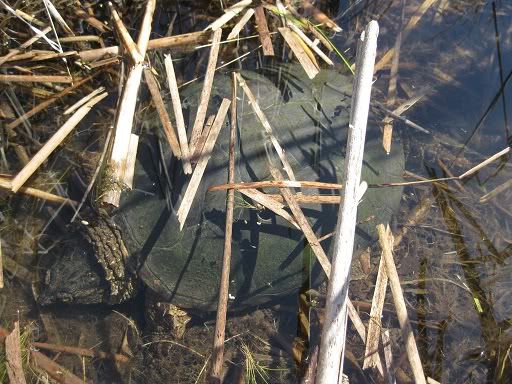
There are extremely few animals I'd consider scary or dangerous in the field. When in water, snapping turtles are one of those exceptions. They're nasty-tempered, well hidden, and prone to staying put even when you're about to on them. I came across three with shells the size of placemats when I was nest-searching this morning and crossed that marsh off my list. This is a crappy photo because I wasn't about to get any closer, but you can see the King Koopa tail and the nice crusty neck.
With that, it's time for bed. And in closing, I would like to dedicate this post to Angela, who enjoys the sacred field ritual of singing along to Chinese and Spanish pop music almost as much as I do.